11 Proven Tips for Starting Rosemary Cuttings at Home
Rosemary cuttings are small sections of the plant that, when rooted, can grow into full plants. Propagating rosemary this way is a cost-effective and straightforward method to expand your herb garden. These cuttings allow you to replicate a healthy rosemary plant and enjoy the benefits of fresh rosemary at home. Starting rosemary cuttings can be fun and rewarding, especially if you are new to gardening. Here are some helpful tips to make sure your rosemary cuttings take root and grow strong.
This post may contain affiliate links, which helps keep this content free. Please read our disclosure for more info.
Choose a Healthy Rosemary Plant
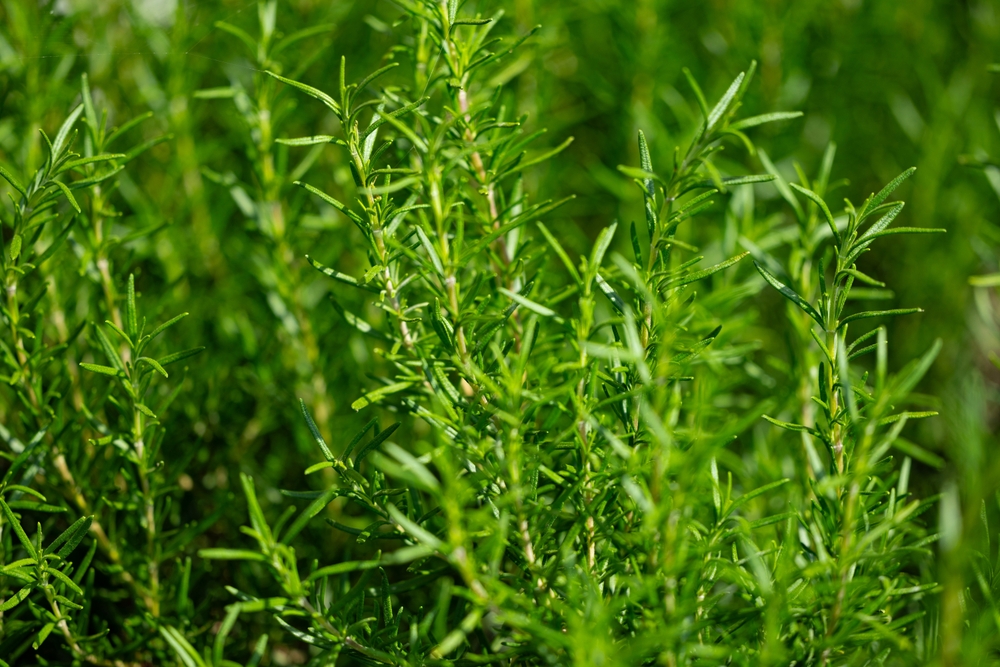
Start by selecting a healthy and mature rosemary plant for your cuttings. Look for stems that are not too young or too woody, as these are best for propagation. Healthy stems will have a vibrant color and no signs of disease. A well-maintained plant will produce strong and thriving cuttings, so make sure the parent plant is in good condition.
Using a healthy plant increases the chances of success in rooting your cuttings. The quality of the stem you choose will influence the growth rate and overall health of the new plant. Always inspect the parent plant for pests or diseases before cutting. A healthy starting point leads to a better result in the long run.
Use Clean, Sharp Scissors or Pruners
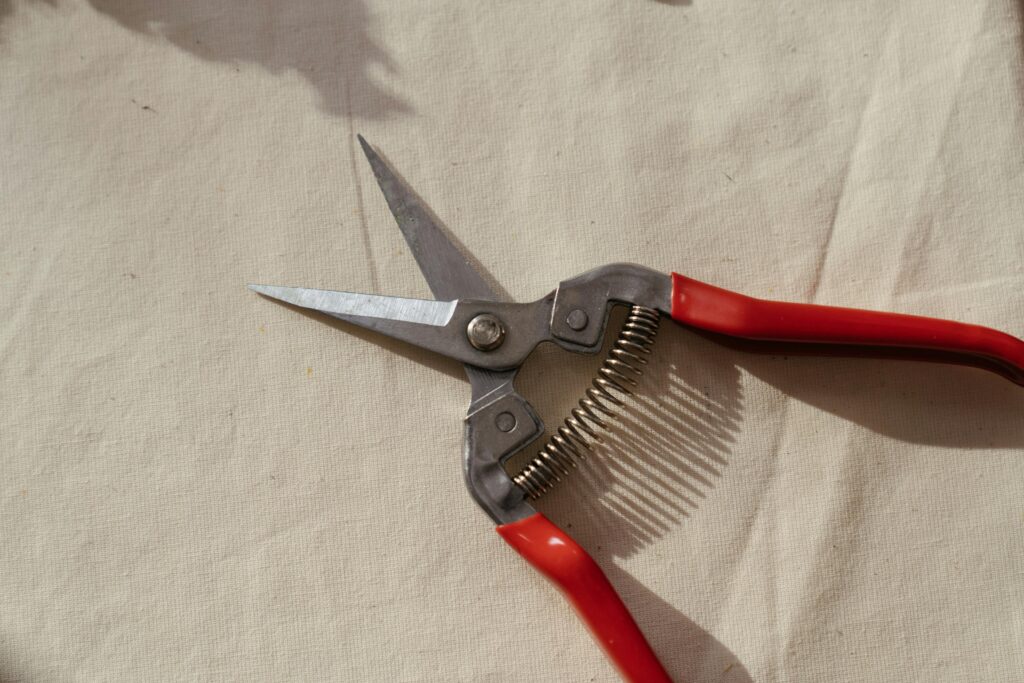
When taking rosemary cuttings, it is important to use clean, sharp scissors or pruners. This helps prevent the spread of diseases and ensures a clean cut, which encourages faster healing. Sterilizing the cutting tool before use is a good practice. A clean cut will help the cutting develop roots more easily.
Using dull or dirty tools can damage the cutting and slow down the rooting process. Clean cuts also reduce the risk of infections, ensuring the best chance for the cutting to thrive. Always disinfect tools after each use, especially when working with multiple plants. Proper tools and cleanliness are key to successful propagation.
Take Cuttings From Healthy Stems
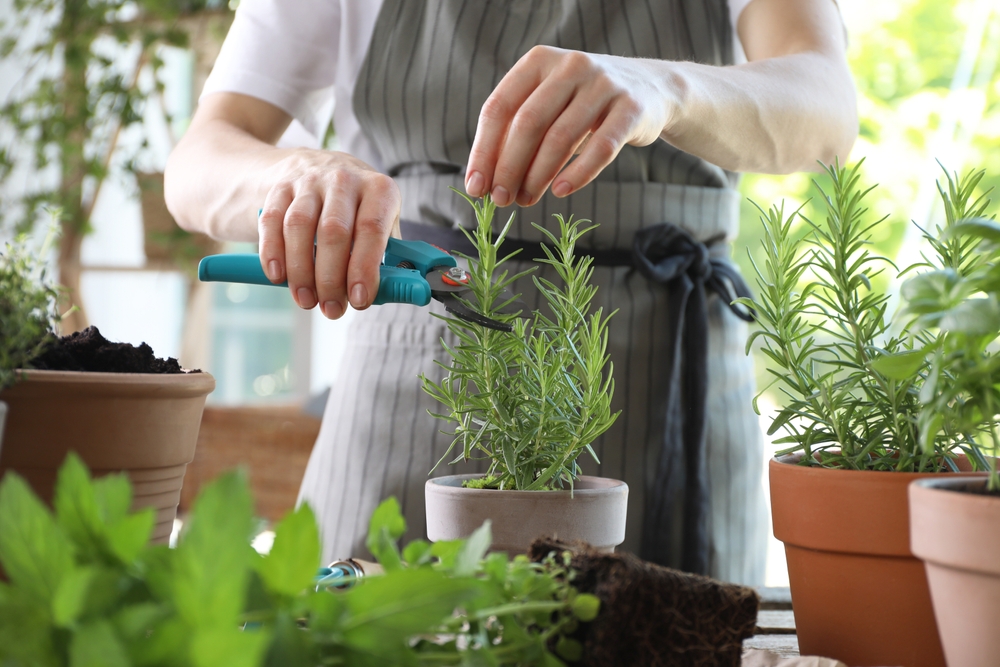
Choose healthy, non-flowering stems for your rosemary cuttings. Stems with new growth are ideal, as they are flexible and will root more easily. Avoid taking cuttings from flowers or overly woody stems, as these may have a harder time rooting. By selecting the right stems, you increase your chances of success.
Fresh, non-flowering stems are more likely to establish roots quickly and grow into strong plants. These stems are typically more vigorous, producing better results. Overly mature or flower-bearing stems may divert energy from root development. Taking cuttings from the right type of stem will set you up for success.
Cut to a Length of 4 to 6 Inches

When taking your rosemary cuttings, make sure they are about 4 to 6 inches long. This length is optimal for rooting, giving the cutting enough stem for root growth while avoiding too much material to support. Cutting too long of a stem can make it harder for the cutting to develop roots. Keep the cutting at a manageable size for easier handling.
A cutting that is too short might lack the energy needed for root growth, while a longer cutting can have too much material for the roots to support. Keeping the cutting between 4 and 6 inches helps balance root development and energy needs. This size ensures the cutting has enough surface area to grow and thrive. It is important to cut the stem properly for the best results.
Remove the Bottom Leaves
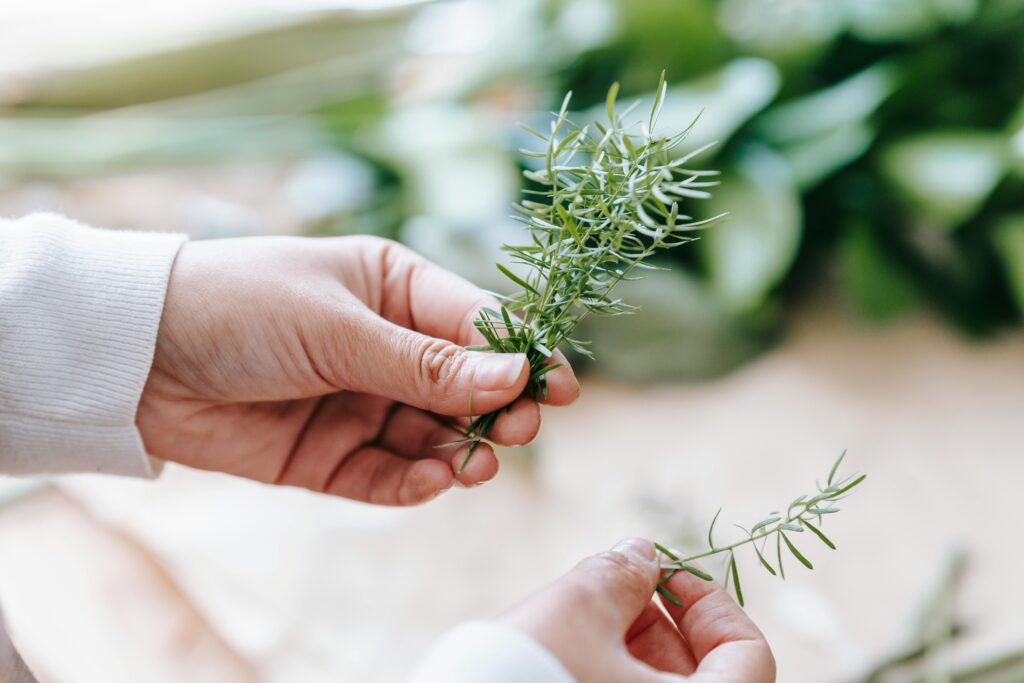
After cutting the rosemary stem, strip off the leaves from the bottom half of the cutting. This ensures that the leaves do not rot in the soil and prevents disease. Removing the leaves also allows for better contact between the cutting and the soil or rooting medium. Make sure to leave a few leaves on the top portion to help the cutting photosynthesize.
The leaves on the bottom of the stem are more likely to decay, which can lead to rotting of the cutting. By removing these leaves, you reduce the risk of fungal growth. Additionally, it helps the cutting focus on developing roots rather than supporting leaves. Proper preparation of the cutting increases the chances of success.
Use a Rooting Hormone (Optional)
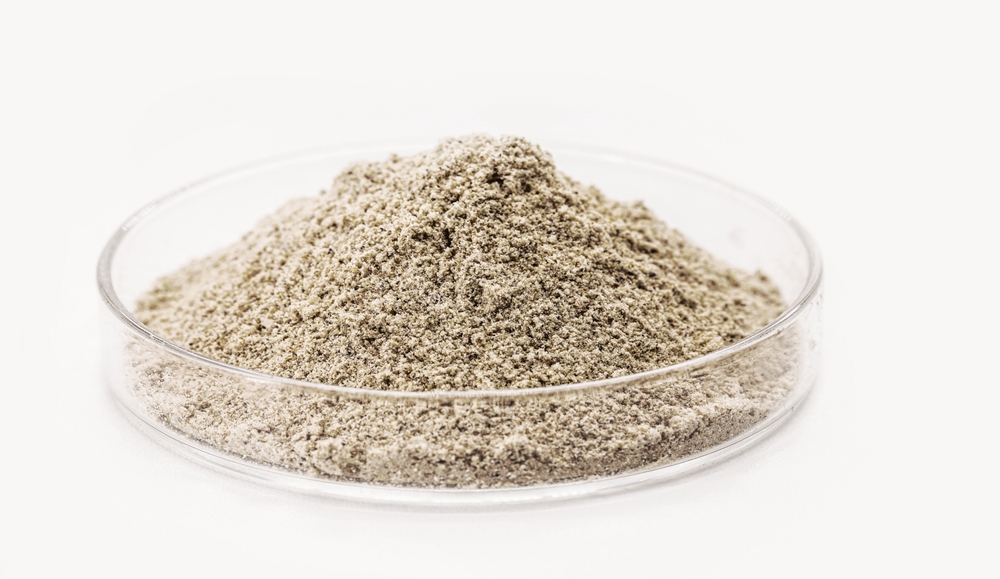
Using a rooting hormone on the cut end of your rosemary cutting can encourage faster root development. This product is available at most garden centers and is easy to apply. Simply dip the cut end of the rosemary cutting into the hormone powder before planting it. While it is not necessary, it can improve your chances of success.
Rooting hormones help stimulate root growth by providing a boost to the cutting. They can be especially helpful for stubborn plants that may take longer to root. Applying a small amount to the cutting will not harm the plant, but it may speed up the process. Consider using it if you want to improve rooting efficiency.
Plant the Cutting in Well-Draining Soil
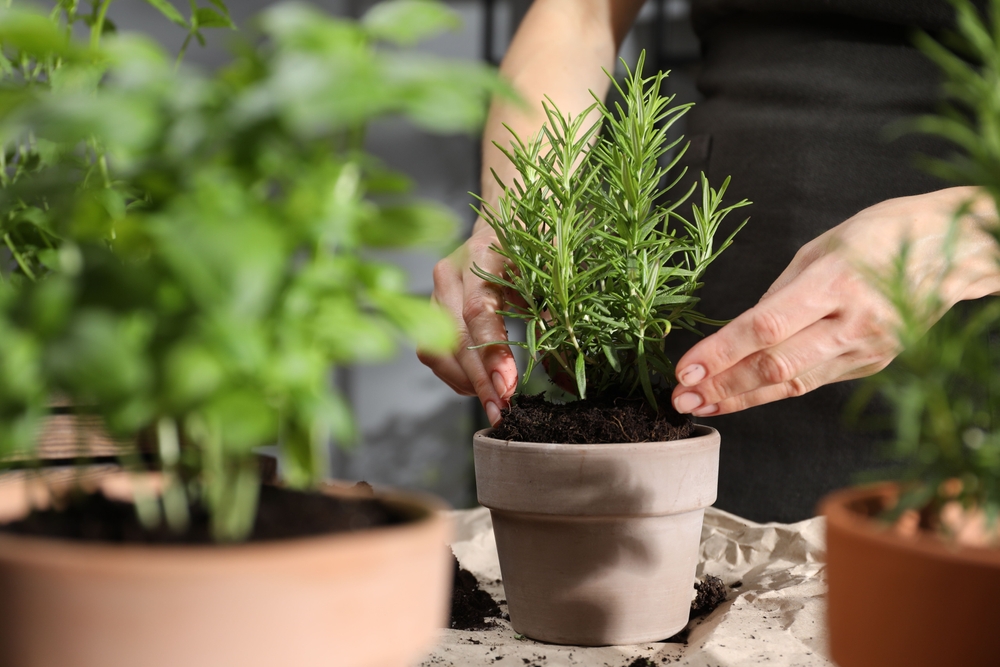
For rosemary cuttings to root successfully, plant them in a soil mixture that drains well. A combination of potting soil and perlite or sand works well to prevent water from sitting around the roots. Rosemary prefers slightly dry conditions, so well-draining soil helps mimic its natural environment. The right soil mix ensures the cutting does not drown or rot.
Good drainage is crucial for rosemary, as too much moisture can cause the cutting to rot. Using a light, well-aerated soil mix encourages strong root development. Make sure to water the cutting lightly after planting, keeping the soil just moist enough. Well-draining soil is essential for healthy roots and growth.
Keep the Cutting Moist, Not Wet
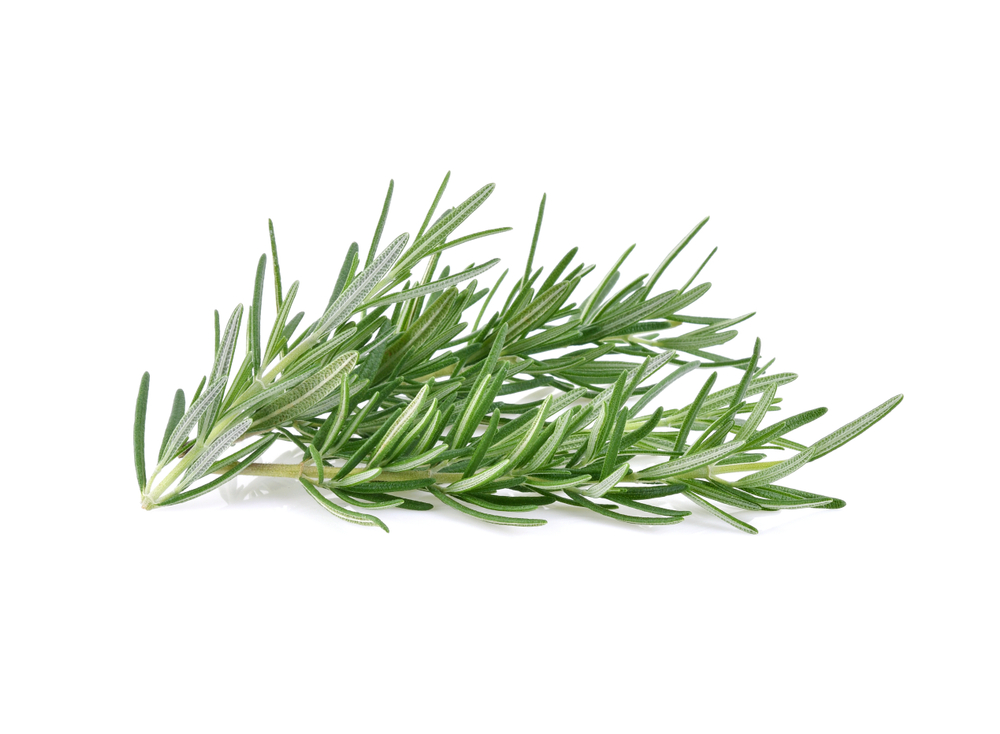
After planting the rosemary cutting, keep it moist but not soaked. Too much water can cause the cutting to rot, while too little can dry it out. Mist the cutting occasionally to maintain humidity, but avoid over-watering. The goal is to keep the environment slightly damp to encourage rooting without risking mold or mildew.
Maintaining the right moisture balance helps the cutting establish roots without causing stress. You can place the cutting in a humid area or cover it with a plastic bag to keep moisture in. However, make sure the cutting has enough air circulation to avoid the buildup of mold. Proper moisture control is key to the success of rosemary cuttings.
Provide Indirect Light

Rosemary cuttings need plenty of light to thrive, but direct sunlight can be too intense. Place the cutting in a location with bright, indirect light, such as near a window that does not get too hot. This will help the cutting develop healthy roots while avoiding the risk of leaf burn. Indirect light supports the growth process without stressing the cutting.
Strong sunlight can dry out the cutting, so it is important to protect it from intense rays. A location with filtered light or partial shade works best for rosemary cuttings. Over time, as the cutting starts to root, you can gradually increase its exposure to sunlight. Providing the right light conditions encourages healthy growth and rooting.
Maintain Warm Temperatures
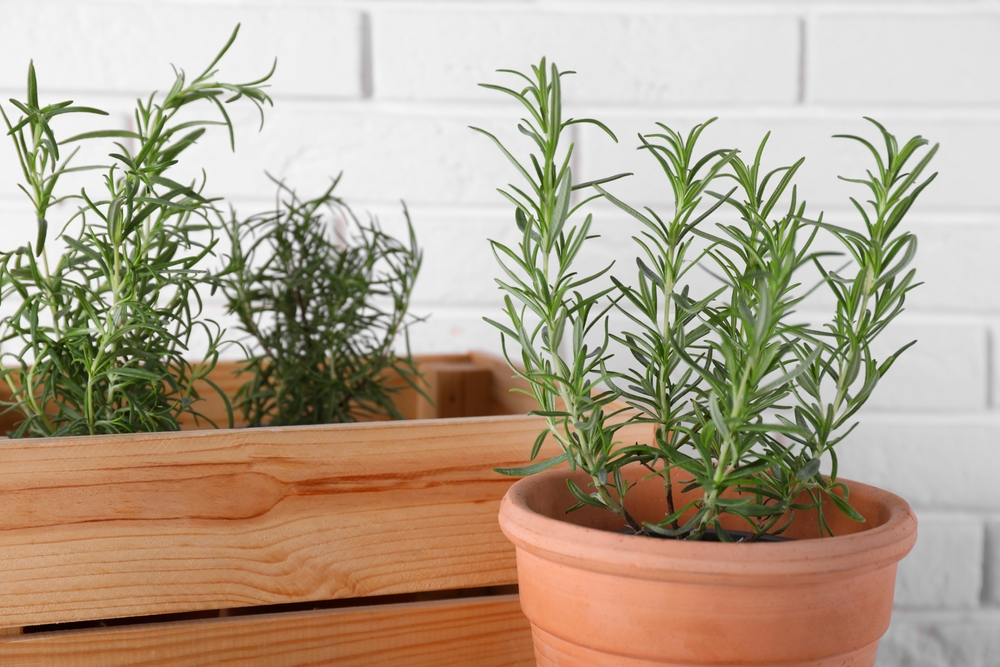
For successful rosemary propagation, maintain a warm temperature of around 65 to 75 degrees F (18 to 24 degrees C). Rosemary thrives in these temperatures, which mimic the conditions of its native Mediterranean climate. A warm environment encourages root development and overall plant growth. Avoid placing the cutting in cold or drafty areas.
Temperature plays a key role in rooting success, so make sure the cutting is placed in a warm, stable spot. Consistent warmth helps the cutting root more quickly and grow stronger. Be mindful of sudden temperature fluctuations, as they can stress the cutting. A warm, stable environment supports healthy root formation and plant development.
Be Patient and Wait for Roots
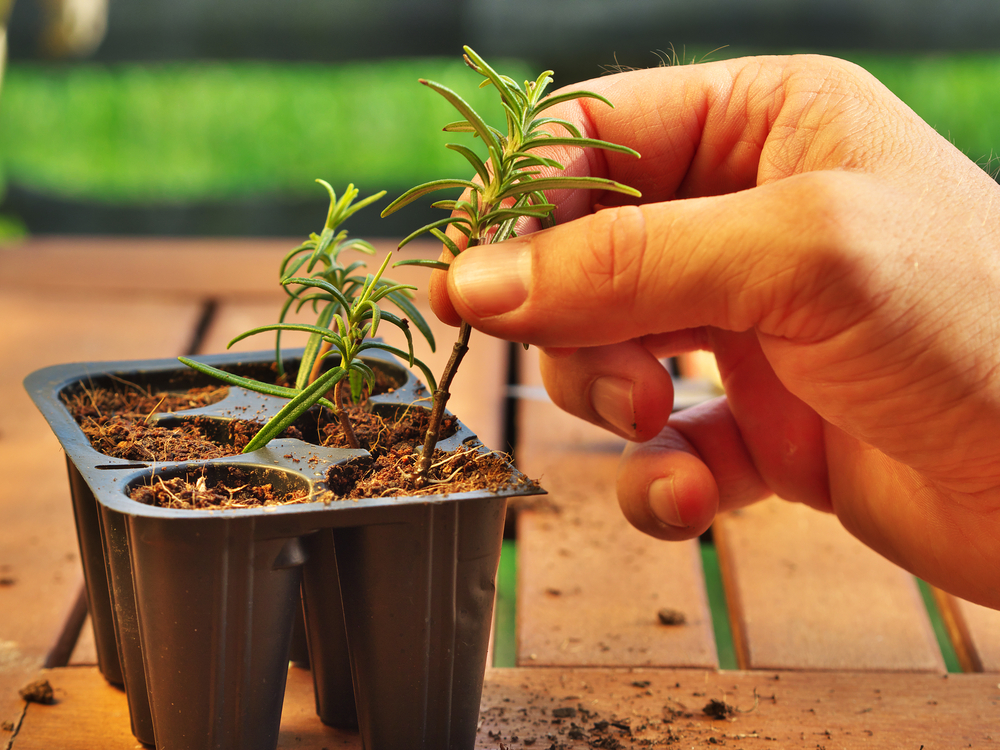
It can take several weeks for rosemary cuttings to develop roots, so patience is essential. Check the cutting occasionally by gently tugging on it to see if it has taken root. If there is resistance, the roots are starting to form. Once the cutting has developed a strong root system, it can be transplanted into a larger pot or the garden.
Rosemary cuttings typically take between 2 to 6 weeks to root, depending on environmental factors. During this time, avoid disturbing the cutting too much. Once the roots have developed, the cutting is ready to grow into a healthy plant. Patience is key in the propagation process, but the results are well worth the wait.
Growing rosemary from cuttings is a fantastic method to expand your garden. By making clean cuts, ensuring proper watering, and creating the ideal environment, you will increase your chances of success. Before long, your rosemary cuttings will develop roots and thrive in your garden.
This article originally appeared on Avocadu.
